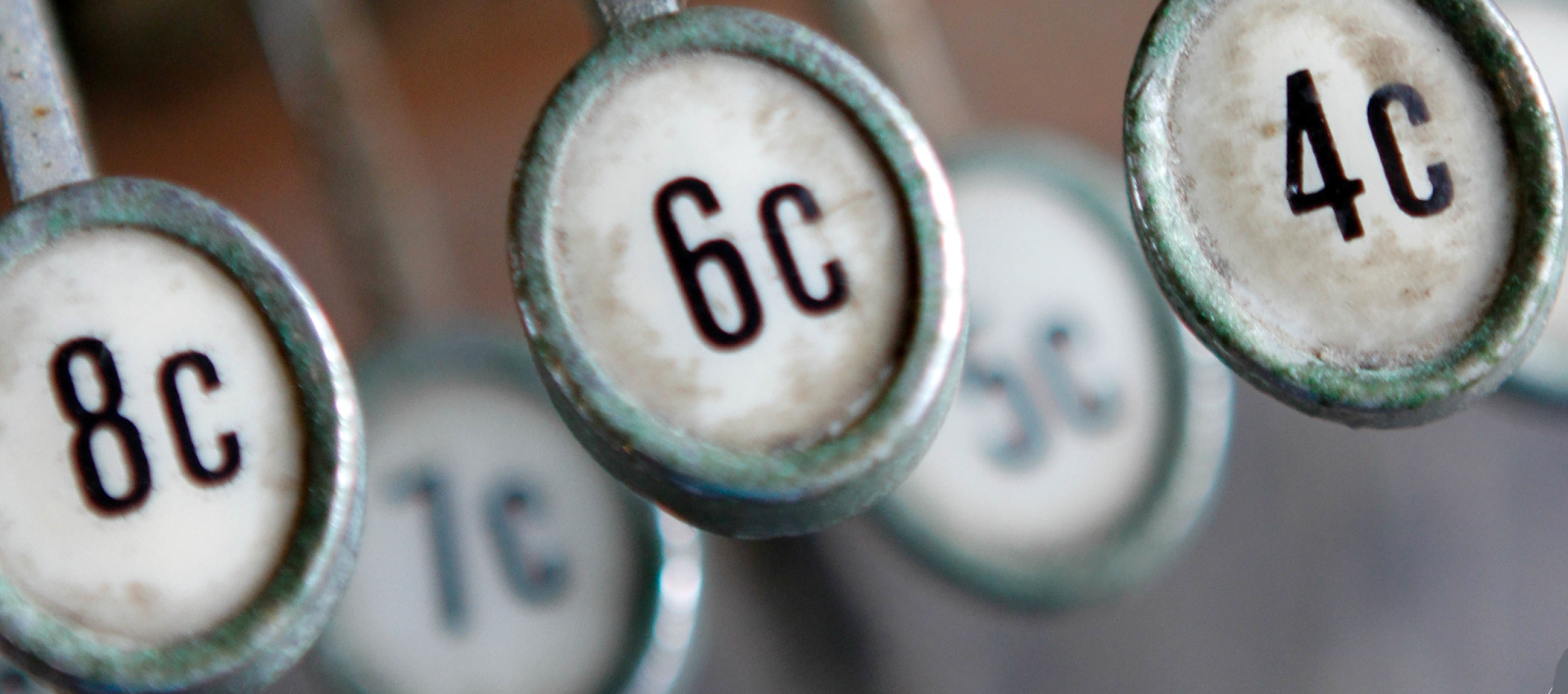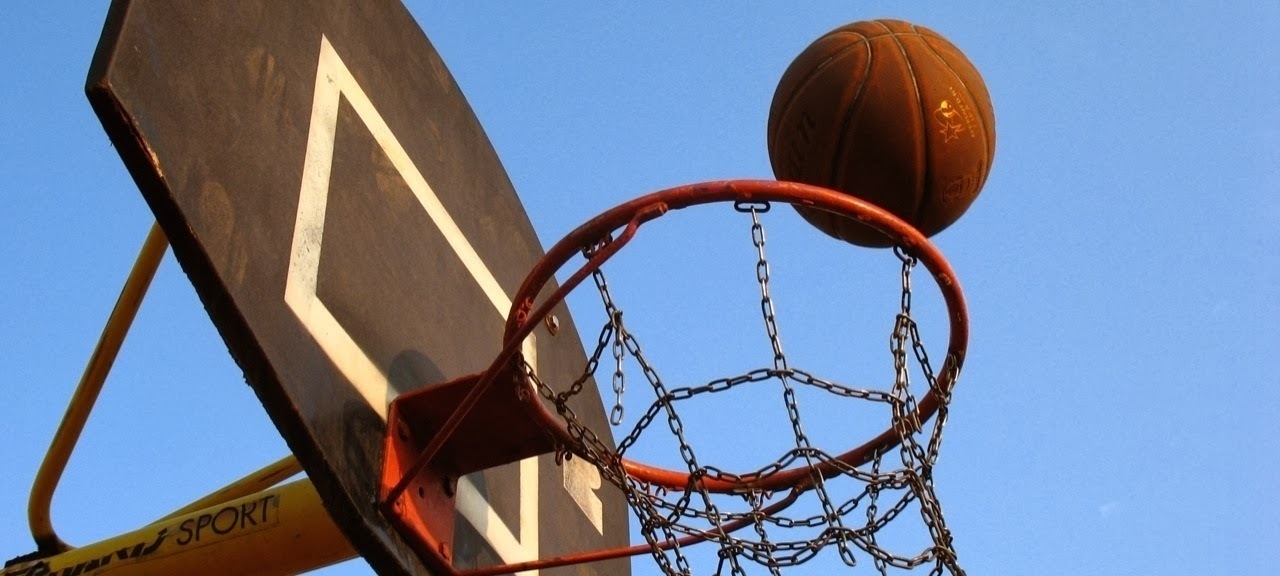Statistics
On Scientific Studies, P-Hacking, and Media Irresponsibility
John Oliver takes a comedic stab at how science is portrayed in mainstream media. In the interest of presenting a simple soundbite, things like sample size, caveats, and other potential sources of bias are left out. Problems with p-hacking, lack of replication, and publish or perish are also discussed.
You can find his other videos on his YouTube channel.
aliases: - 2016/05/on-scientific-studies-p-hacking-and-media-irresponsibility.html - content/thoughts/2016-05-22-on-scientific-studies-p-hacking-and-media-irresponsibility/on-scientific-studies-p-hacking-and-media-irresponsibility.html - posts/2016-05-22-on-scientific-studies-p-hacking-and-media-irresponsibility - thoughts/on-scientific-studies-p-hacking-and-media-irresponsibility
On Benford's Law: Determining import fraud risk using customs data

If you were to think of the first digits of a group of related variables, say, tax payments, it would be intuitive to think that the digits would more or less be evenly distributed between 1 to 9. However, it turns out that the exponential nature of growth makes it such that the first digits are more likely to be 1’s than any other number.
On Purchasing Power Parities, the Big Mac Index, and the International Comparison Programme
The GDP per capita of the Philippines exceeds that of India by 55%, but the cost of living is so much cheaper in India that if you account for cheaper goods and services, that difference narrows to only 20%. In this first installment of Numbersense, we will take a look at purchasing power parities and why they are important for cross-country comparisons.

It’s easy to compare commonly-available figures such as GDP per capita to gauge a country’s wealth, but differences in cost of living means such comparisons leave much to be desired. (Photo: Nina Matthews/Flickr, CC BY 2.0)
This is the first in a series of posts about ‘numbersense,’ or making sure that data analysis and visualization is in consonance with what the underlying data represents.
On Fraud and Fake Ballots: Detecting election fraud through data

BALLOT BOXES - Data can be used to safeguard ballot integrity, especially in a time of electronic transmission and canvassing of voting information. In this photo, ballot boxes are prepared for use in the 2007 Davao barangay elections. (Photo: Keith Bacongco/Flickr, CC BY 2.0)
Election fraud in the Philippines is almost always alleged, but never really proven. We can explore an approach that can identify voting data patterns those most likely to be associated with vote padding - adding fake ballots - and find out how the sanctity of the ballot can be preserved by the thoughtful use of election data.
On the Probability of Mortality

RISKY OR BENIGN? The fear of flying is one of the most common statistically irrational fears that people have. (Photo: Kuster & Wildhaber Photography/Flickr, CC BY-ND 2.0)
Everything carries a risk, and nothing has preoccupied the human mind more than the risk of death. What are the safest (and most dangerous) modes of transportation? What activities commonly regarded as risky, really are? Let’s find out.
On Your Life Expectancy: Chronic Behaviors and Longevity Returns

HOW LONG WILL YOU LIVE? - Certain life choices and behaviors have corresponding increases or decreases to your life expectancy. Let’s measure the tradeoffs! Photo: Uncalno/Flickr, CC BY 2.0)
Everyone says that smoking can drastically reduce your life expectancy by introducing all sorts of complications, but the question is: how much of your life are you sacrificing, stick by stick? Know the answer to this question and for many other chronic behaviors by reading on!
On Hot Hands and Shooting Streaks: Does "momentum" in basketball really exist?
Update (2018-04-15)
We recently discovered more evidence in support of the hot hand and also assailing the 1985 paper featured in this article due to lack of statistical power. See here for a digestible piece of analysis.
Basketball fans and players alike will attest to the ‘hot hand’ phenomenon, where the chances or a player making the shot are much higher following a series of successful shots than the chances following a miss. In this article, we feature a journal article that debunks this phenomenon as merely a figment of fans' imaginations.

The Hot Hand Hypothesis. Many basketball fans believe that there are periods during a game when a player has ‘hot hands’, but does it hold up under statistical rigor? (Photo: ryan_fung/Flickr, CC BY-SA 2.0)